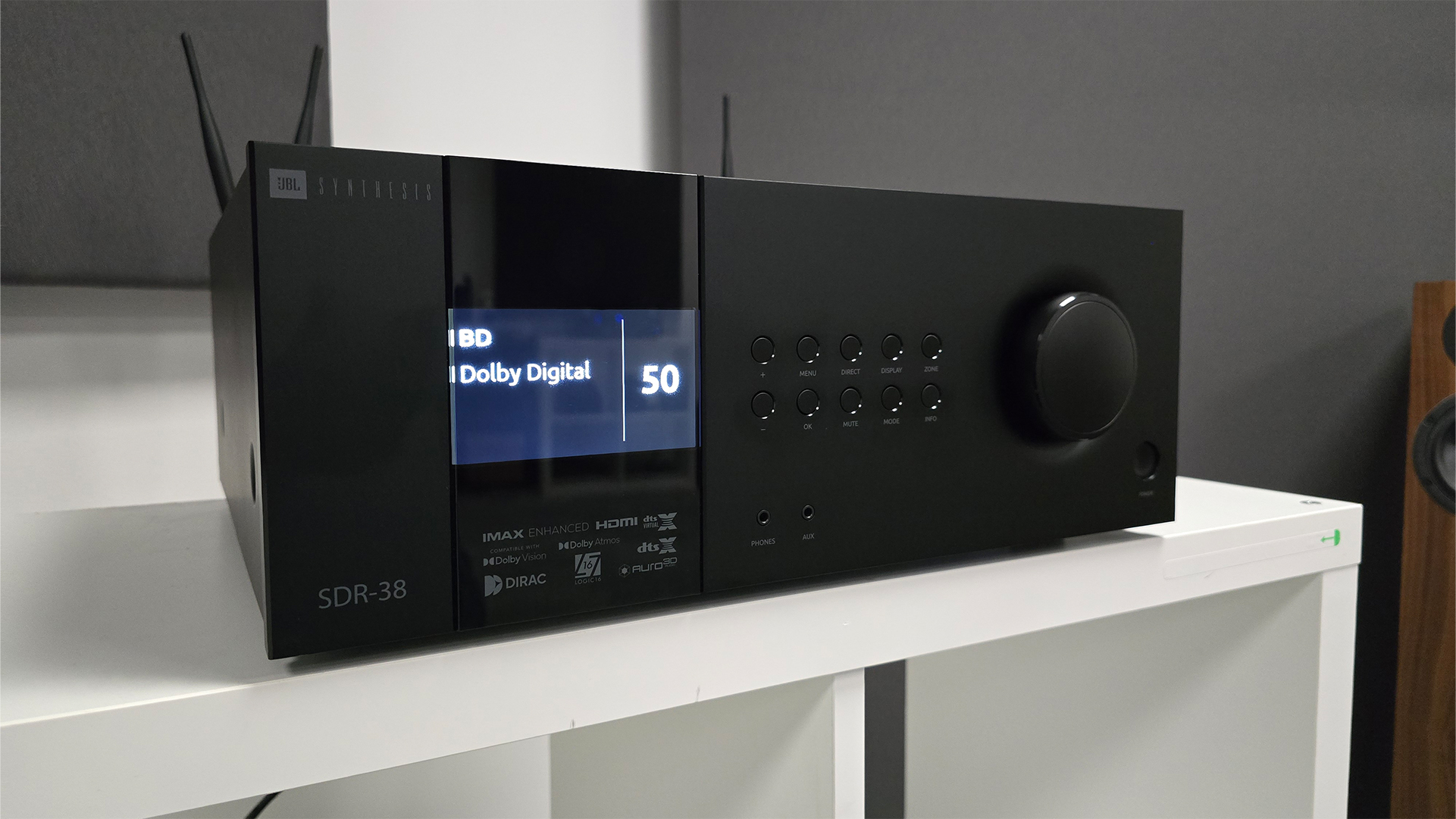AV receiver vs AV separates: which is best for the ultimate home cinema experience?
Should I buy an AVR or an AV processor plus power amps for my home cinema?
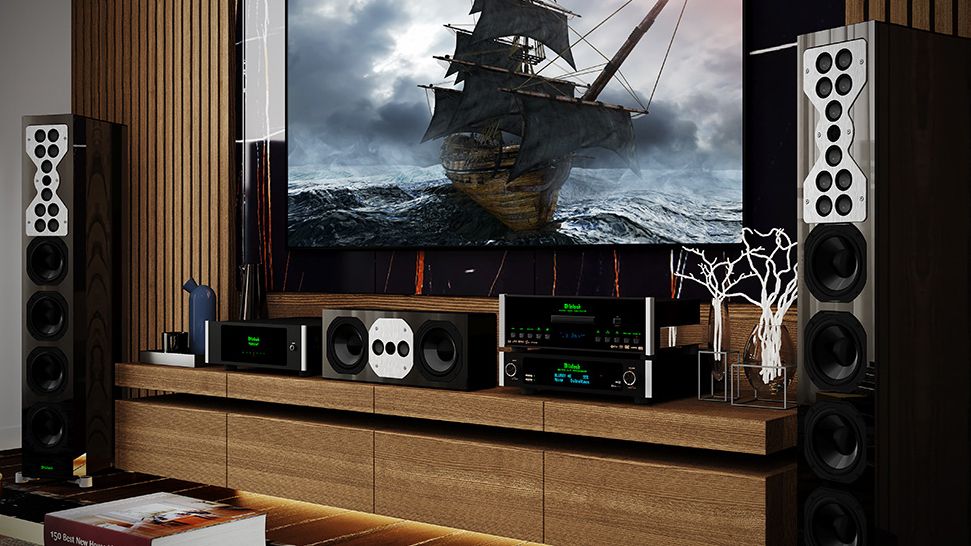
The perennial AVR or separates question has always had AV enthusiasts scratching their heads.
The same conundrum faces hi-fi aficionados in the two-channel world. But for the purposes of this article, we will focus on home cinema and multi-channel audio devices.
So, is it enough to install an AV receiver in your home cinema? Or should you plump for separates, namely an AV processor (AVP) plus power amplifier(s)?
Your final decision will likely come down to budget and other practicalities. But there are clear advantages and disadvantages to each solution.
First, let’s look at what AVRs, AVPs and power amplifiers do. Then we’ll examine some of the benefits and drawbacks of AVRs vs separates.
What is an AV Receiver (AVR)?

An AV receiver, or AVR, is a one-box audiovisual solution for a home cinema. It is not only the intelligent hub or ‘brains’ of an AV system, it also includes a set of amplifiers to power your loudspeakers.
The term ‘receiver’ can be something of a misnomer. It’s an overhang from when most stereo and multi-channel integrated amplifiers sold in the US market included an AM/FM tuner. That’s not always the case nowadays, although the term has stuck.
The latest hi-fi, home cinema and tech news, reviews, buying advice and deals, direct to your inbox.
An AVR handles input switching – sometimes with multiple connection options – for both video and audio sources. The latter include Blu-ray players, turntables, CD players, gaming consoles and streaming devices.
It can process audio signals for surround sound and immersive multi-channel audio codecs, like Dolby Atmos and DTS:X. You can choose to let an AVR handle video processing and image upscaling too, if you prefer not to use the features built into a media player or display device.
AVRs usually also come with an automated built-in room calibration system, like Audyssey, YPAO or Dirac Live. These optimise the performance of your loudspeakers in any given acoustical environment.
Some AVRs also support a second or third zone of audio for other rooms in the house.
Finally, an AVR includes amplifiers inside the enclosure to power your loudspeakers. There could be as many as 12 or more amps on board for complex immersive audio set-ups.
What is an AV Processor (AVP)?
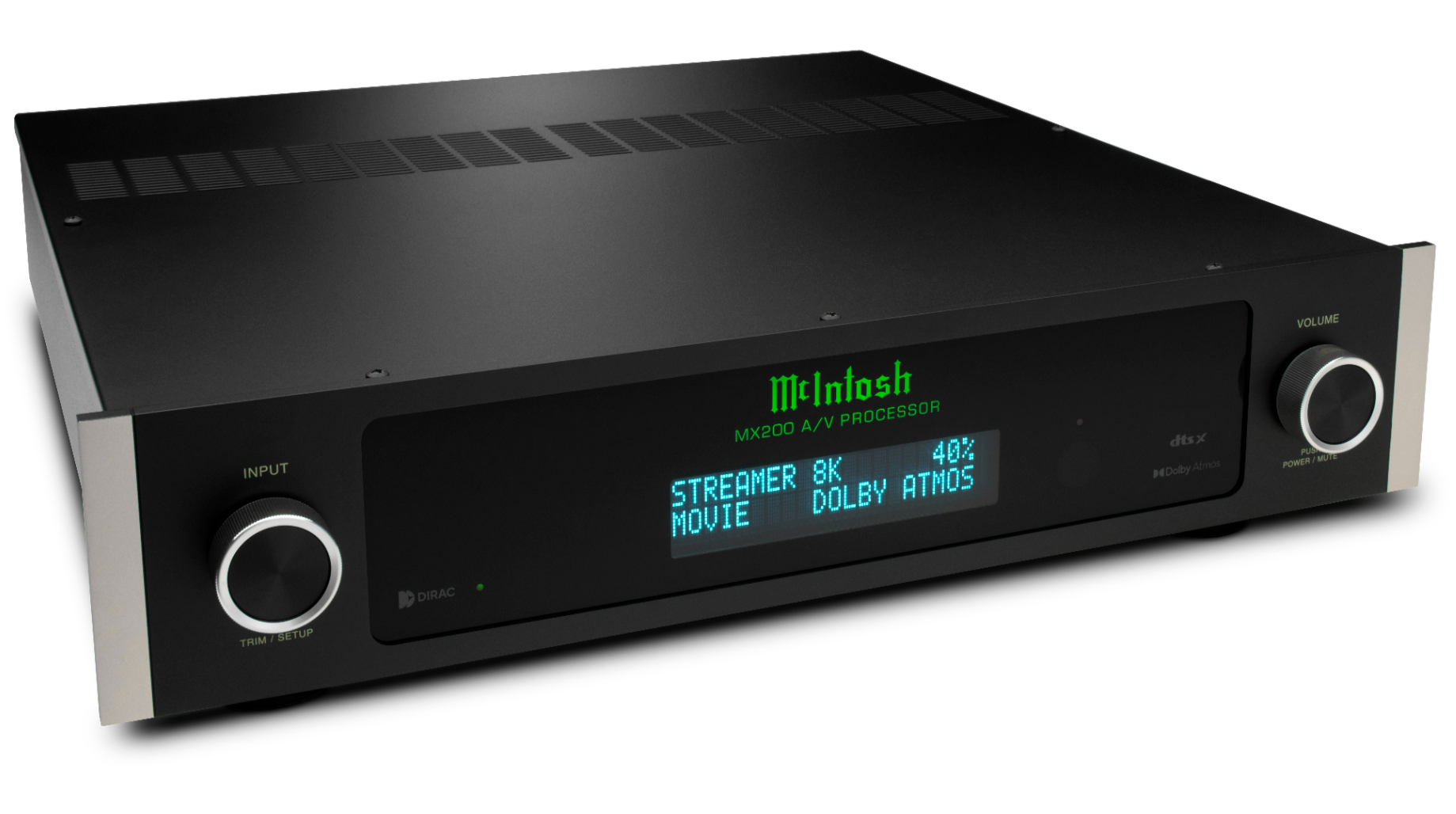
An AV processor (AVP) might be referred to as an AV controller (AVC). You might also see them described as a preamplifier, pre-amp or pre/pro.
Whatever you call it, the unit acts as the nerve centre of a home cinema, like an AVR. All the features and functionality outlined above and built into AVRs are often found inside AVPs as well.
However, they differ in one key respect in that they do not include onboard power amplifiers.
The rear connection panel of AVPs carry a bank of RCA line-level or balanced XLR outputs designed to transmit audio signals directly to an external multi-channel amplifier.
What is a Power Amplifier?
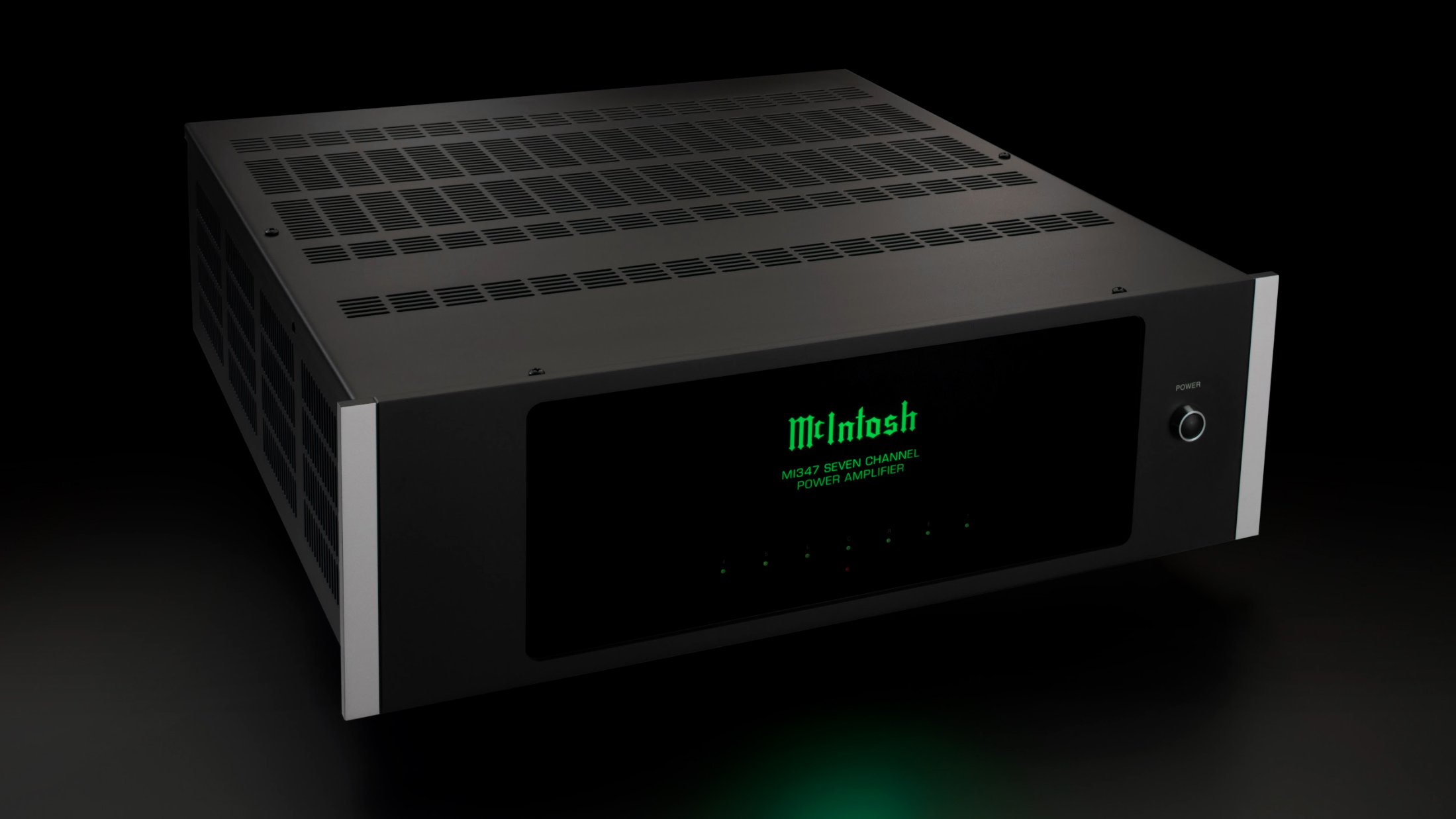
A power amplifier for home cinema is a device capable of driving multiple loudspeakers. It boosts the low-voltage signals inbound from a processor or preamplifier to produce sound for each channel/loudspeaker.
It will usually contain any number of discrete amplifiers, typically ranging from three to 16, all built into one enclosure.
A single monoblock amplifier can be used for each channel. But it’s most common to find, say, two, five, seven or eight channel amplifiers in high-end home cinema installations.
What are the upsides and downsides of an AVR in a home cinema?
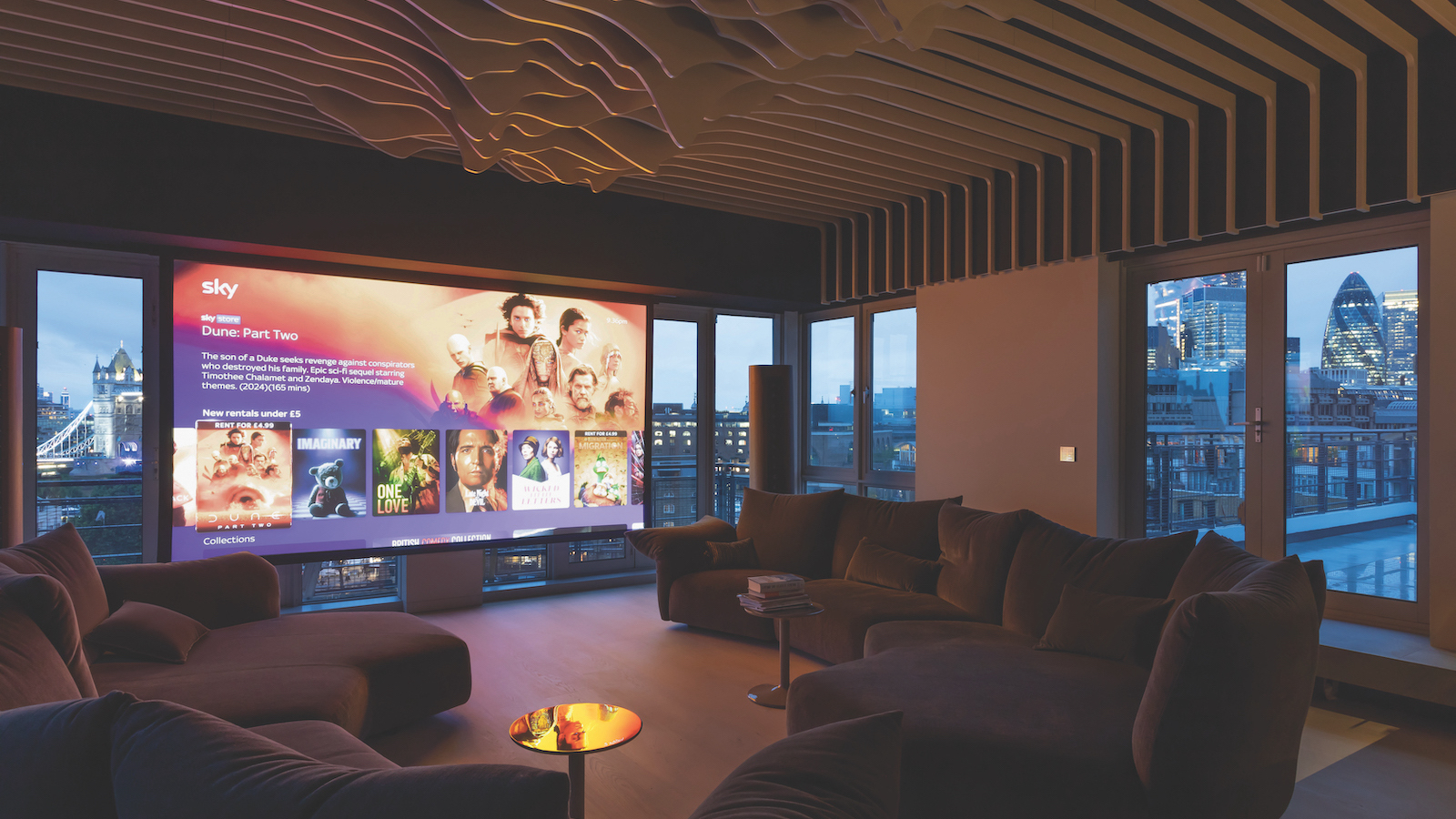
There are some obvious advantages to buying an AVR instead of separates.
An AVR, as mentioned, includes all the switching, control, audio/video processing and room calibration features, as found in an AVP.
However, as an AVR has power amplifiers onboard, it will usually take up less space on a shelf or on your rack. An AVP plus, say, an 11-channel power amplifier will often need at least twice as much real estate.
There’s also the issue of wires. An 11-channel home cinema will need 11 line-level or XLR cables snaking their way from an AVP to the power amp(s). An AVR does away with all that spaghetti.
AVRs typically use less power than an AVP/power amp combo for those concerned about energy consumption.
Perhaps critical to most, though, will be budgetary concerns. You can buy an excellent AVR for around £1,500 (US $2k, AU $3k). A fine AVP plus 11-channel amplifier could easily set you back £6,000 (US $8k, AU $12k).
But AVRs are usually suitable for small to midsize rooms, rather than large, dedicated home cinemas. They typically have less powerful amplifiers onboard than dedicated power amp enclosures.
An AVR may claim 100 watts per channel. But read the fine print in the spec sheet, and you may find that the figure only applies with ‘two channels driven’. The all-channel power figure is rarely quoted because it is usually far more modest.
This relative reduction in amp power can result in less dynamic sound and sometimes less clear placement of discrete audio cues across an array of loudspeakers. You might also perceive less ‘weight’ or ‘grunt’ than a pre/power combo might produce.
Because so much more circuitry needs to be contained within the one enclosure, an AVR also tends to suffer from reduced transparency, dynamics and detail resolution compared to a separates set-up. This is due to the sensitive processing and preamp circuits sharing a power supply with the current-hungry power amps, which leads to a degradation of the signal. Heat build-up is also an issue, limiting how hard those power amplifier channels can be driven.
The concentration of PCBs and sometimes lesser quality components inside an AVR also means that there can be a corresponding increase in the noise floor. Furthermore, there can be heightened electromagnetic interference between components. Both phenomena can affect the quality of the sound.
What are the upsides and downsides of using separates: AVPs plus power amplifiers?
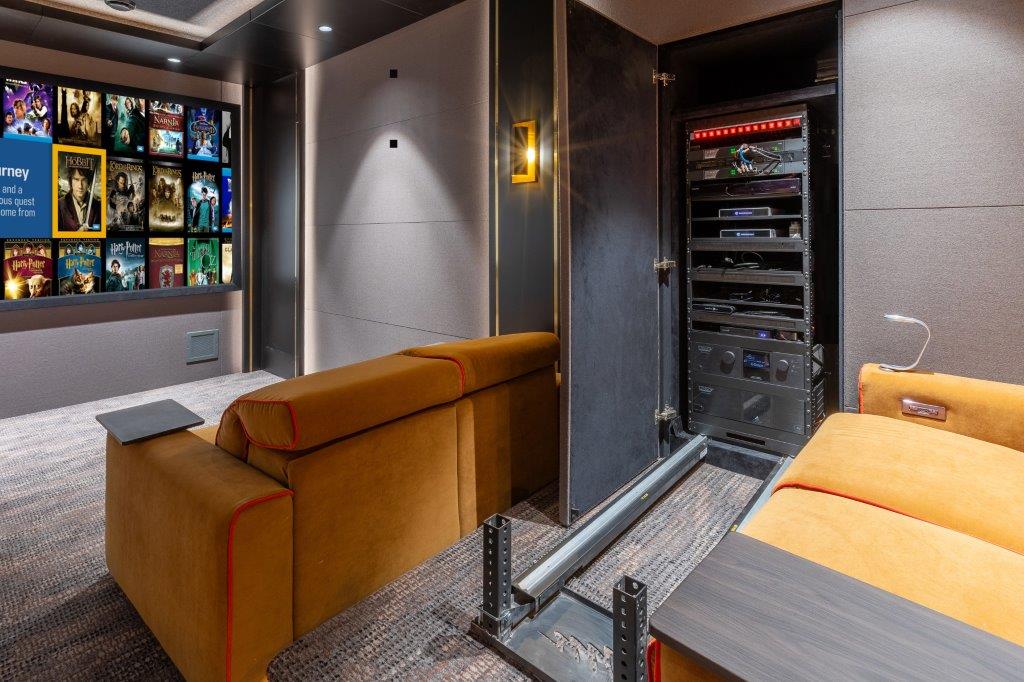
In many cases, separates are used for larger dedicated rooms. Multi-channel power amplifiers usually support higher power ratings per channel and incorporate separate power supplies to each amplifier module.
These qualities result in a more consistent power delivery across all outputs, even when driving the most demanding loudspeakers.
Opting for an AV processor and separate power amplifiers provides future redundancy. If you decide you need more power or more independently powered channels, you can always upgrade the amplifier components down the line.
Likewise, if the surround-sound codecs or the channel processing count of your present AVP gets superseded in a later model, you might decide just to upgrade the processor section.
Most manufacturers select higher-quality components inside dedicated AVPs and power amplifiers. These include power supplies, transistors and capacitors, which can promote a cleaner signal path and more accurate sound.
So, those are the pros of using separates. What about the cons?
Partly due to the last point about higher quality circuit boards and components, separate pre/pros and power amplifiers tend to be much more expensive (as mentioned above).
You will also need more space for an AVP plus power amps. If you decide to buy, say, eight two-channel power amplifiers for an immersive audio set-up, they will take up a lot of rack space!
All those 11 or more balanced or unbalanced interconnect cables from an AVP to the corresponding amplifiers will also need a careful cable management system.
Keep in mind that high-end pre/pros often have less streaming features, multiple zone functionality and/or inputs than the mass-produced AVRs from the well-known manufacturers. This is usually because the makers of luxury devices plough more development resources into the sound quality, rather than the features per se.
So which is it to be? An AVR or separates?
In the end, it comes down to your budget, personal preferences and what is right for your room.
Also note that there are no hard and fast rules. Some of the best AVRs sound so good, they are almost indistinguishable from pre/pro and power amp combos.
The Marantz Cinema 30 is a blinder of a receiver for £4,000 (US $4,800, AU $8,000), for example.
And StormAudio’s 20-channel ISR Fusion 20 at £20k (US $20k, AU $33k) – while embodying completely isolated processor and amp sections in one enclosure – is considered ‘separates in one box’.
What’s more, there are multi-channel power amplifiers out there which would not be considered optimal for home cinema.
So, it’s best to keep an eye out for our equipment reviews at What Hi-Fi?, chat to your dealer, and make your decisions wisely!
MORE:
These are the best AV receivers we've tested
Our picks of the best surround sound systems
We rate the best projectors
Martin Dew is a freelance contributor to What Hi-Fi?'s TV and AV section. With multiple decades experience he has worked as both a journalist and internal industry expert at big name company's, including the THX Division of Lucasfilm Ltd at Skywalker Ranch.
You must confirm your public display name before commenting
Please logout and then login again, you will then be prompted to enter your display name.
